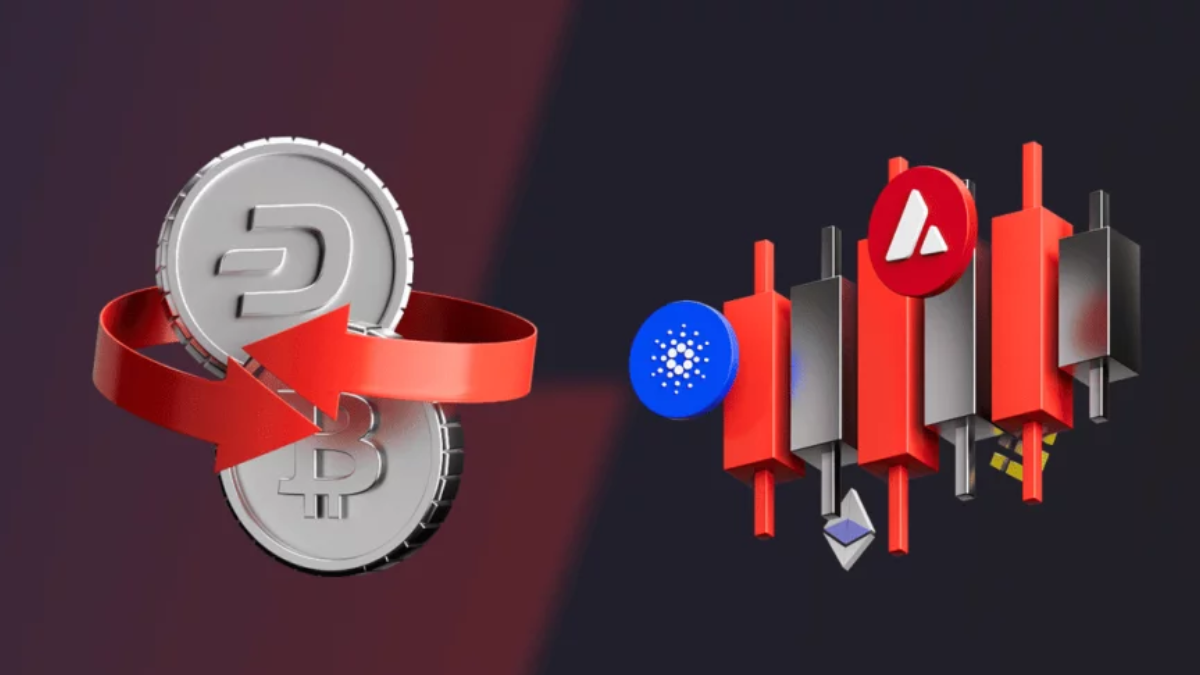Bitcoin has evolved from a niche digital experiment to one of the most influential financial assets in the world. As the first and most recognized cryptocurrency, Bitcoin offers investors a unique opportunity for long-term financial growth. Its decentralized nature, limited supply, increasing global adoption, and store-of-value characteristics make it a powerful addition to modern investment portfolios.
This comprehensive guide explains how Bitcoin works, why it is considered a long-term asset, and how to invest in it safely and strategically.
Understanding Bitcoin as an Asset
What Is Bitcoin?
Bitcoin is a decentralized digital currency that operates without a central bank. It runs on blockchain technology, allowing secure, transparent, and immutable transactions.
Why Bitcoin Has Value
Bitcoin’s value is driven by:
- Limited supply (only 21 million coins)
- Global adoption and trust
- Increasing institutional interest
- Decentralized and censorship-resistant structure
These features contribute to its long-term investment potential.
Why Consider Bitcoin for Long-Term Financial Growth?
1. Limited Supply and Scarcity
Bitcoin’s fixed supply makes it similar to digital gold. As demand increases but supply stays capped, its value tends to appreciate over time.
2. Hedge Against Inflation
While fiat currencies lose value due to inflation, Bitcoin is designed to remain scarce, making it a potential hedge.
3. Global Acceptance
Bitcoin is increasingly accepted for:
- Payments
- Cross-border transfers
- Institutional investments
- Sovereign reserves in some countries
This global utility strengthens its growth outlook.
4. Strong Long-Term Performance
Despite short-term volatility, Bitcoin has shown powerful long-term growth over the past decade.
How Bitcoin Works: Key Concepts
H3: Blockchain Technology
A decentralized ledger that records every Bitcoin transaction.
It ensures:
- Transparency
- Security
- Immutability
H3: Mining
Bitcoin miners validate transactions and secure the network. In return, they earn new Bitcoin.
H3: Bitcoin Halving
Every four years, block rewards reduce by half.
Halving:
- Controls supply
- Creates scarcity
- Historically triggers long-term price growth
Different Ways to Invest in Bitcoin
H3: Spot Purchase
Buying Bitcoin directly through exchanges for long-term holding.
H3: Bitcoin ETFs
Exchange-Traded Funds allow traditional investors to gain exposure without holding Bitcoin directly.
H3: Bitcoin Savings Plans
Some platforms offer systematic investment plans (SIPs) for Bitcoin with small, recurring contributions.
H3: Self-Custody (Hardware Wallets)
Investors can store Bitcoin in secure hardware wallets for maximum safety.
H3: Cloud and Crypto Custody Services
Professionally managed storage solutions for institutional or large investors.
Developing a Long-Term Bitcoin Investment Strategy
1. Set Clear Investment Goals
Decide whether your goal is:
- Wealth preservation
- Long-term growth
- Portfolio diversification
- Retirement planning
2. Choose an Investment Method
Options include:
- One-time lump-sum investment
- Dollar-cost averaging (DCA)
- Hybrid investing
3. Understand Risk Profile
Bitcoin is volatile. Long-term investors should mentally prepare for short-term price swings.
4. Diversify the Portfolio
Do not invest all savings in Bitcoin. Include assets like:
- Stocks
- Bonds
- Gold
- Real estate
5. Think in Years, Not Weeks
Long-term Bitcoin investment usually means holding for:
- 3 years
- 5 years
- 10 years or more
Risk Management in Bitcoin Investing
H3: Volatility
Bitcoin can experience major price fluctuations. Long-term holding reduces short-term fear.
H3: Market Cycles
Crypto markets typically move in cycles:
- Accumulation
- Bull run
- Distribution
- Bear market
Understanding cycles helps avoid panic selling.
H3: Security Risks
Avoid risks like:
- Exchange hacks
- Phishing attacks
- Lost passwords
Use secure storage practices.
H3: Regulatory Changes
Bitcoin regulations vary across countries. Stay informed to avoid compliance issues.
Safely Storing Bitcoin for Long-Term Holding
H3: Hardware Wallets
The safest storage method. They keep Bitcoin offline.
H3: Paper Wallets
Printed private keys stored securely.
H3: Multi-Signature Wallets
Require multiple approvals for transactions—ideal for institutions.
H3: Cold Storage
Offline protection against hacking.
H3: Backup & Recovery
Always secure your:
- Seed phrases
- Recovery keys
- Passwords
How to Analyze Bitcoin for Long-Term Investment
Fundamental Analysis
Evaluate:
- Network activity
- Adoption rate
- Halving cycles
- Developer growth
- Institutional participation
Technical Analysis
Look for long-term chart patterns such as:
- Trends
- Support zones
- Moving averages
Macroeconomic Factors
Bitcoin responds to:
- Interest-rate changes
- Market liquidity
- Inflation trends
Bitcoin as Part of a Diversified Portfolio
Benefits of Including Bitcoin
- Helps protect wealth
- Offers asymmetric upside potential
- Improves portfolio performance over long periods
Recommended Allocation
Many financial experts suggest:
- 1% to 5% of a balanced portfolio
- 5% to 10% for higher-risk investors
Balancing Risk
Combine Bitcoin with:
- Gold (stability)
- Stocks (growth)
- Real estate (long-term security)
Future Trends Supporting Bitcoin’s Long-Term Growth
1. Increased Institutional Adoption
Banks, hedge funds, and corporations are showing greater interest.
2. Bitcoin ETFs and Regulated Markets
Make Bitcoin accessible to millions of new investors.
3. Growing Global Awareness
More people understand Bitcoin’s role as a digital asset.
4. Limited Supply
Supply remains constant while adoption increases.
5. Technological Advancements
Improvements like:
- Lightning Network
- Layer-2 scaling
- Enhanced wallets
Support long-term usage.
Conclusion
Bitcoin has emerged as a powerful long-term investment asset with significant potential for financial growth. Its decentralized nature, scarcity, global acceptance, and strong historical performance make it an attractive choice for investors seeking stability and long-term wealth accumulation.
While Bitcoin carries volatility and requires informed decision-making, proper risk management, secure storage, and disciplined investing can generate substantial financial benefits.
For long-term investors, Bitcoin represents not just a digital currency—but a transformative economic opportunity.
FAQs
1. Is Bitcoin a safe long-term investment?
Yes, Bitcoin is considered safe for long-term investors who understand its volatility and use secure storage methods.
2. How much should a beginner invest in Bitcoin?
Start with a small amount—1% to 5% of your investment portfolio—depending on your risk tolerance.
3. Can Bitcoin protect against inflation?
Bitcoin’s limited supply and scarcity make it a potential hedge against inflation.
4. Is it better to buy Bitcoin in one go or monthly?
Dollar-cost averaging (buying monthly) reduces risk and smoothens price fluctuations.
5. Do I need a wallet to store Bitcoin?
Yes. Long-term investors should use hardware or cold wallets for maximum security.




